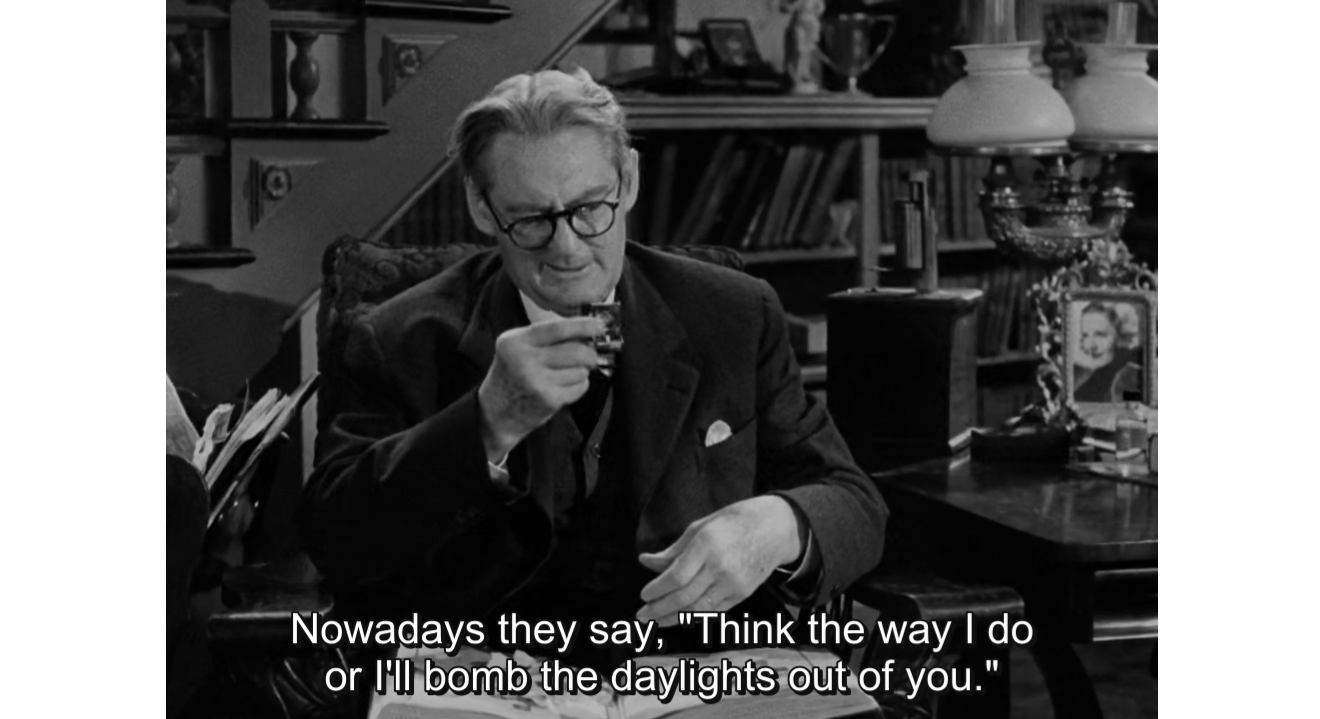
Invisible City (Tan Pin Pin, 2007)
The only thing that is constant in this world is change. Singaporean documentary filmmaker Tan Pin Pin acknowledges the wisdom of the saying and from that understanding, crafts an engaging examination of the victims of this ever-constant change. In Invisible City, Tan focuses on her home base Singapore, a city-state which in the early fifties, is home to mangroves and fishermen, in the mid-sixties, has transformed into a bustling port where varying cultures repel and attract, in the seventies through the new millennium, has evolved into a formidable economy. At present, Singapore is the model modern city: a city that is made of glass, steel, and concrete, and functions with the precision of a clockwork machine. It seems that the city-state has forgotten its tremulous childhood, and Tan reconstructs from the relics of the past: a ruined fort in Sentosa, archived colored footage of Singapore in the fifties, a survivor of the horrors of the Japanese invasion, and stocked photographs of turbulent times.
Memory is a scarce and diminishing resource. Tan acknowledges this and uses it to add a very poignant dimension to her documentary. It is the fragility of human memory that becomes the heart of Invisible City. When Tan suddenly removes the visuals save for an uncomfortable black screen, leaving the commentary of Ivan Polunin, an elderly man whose final work is to preserve the invaluable footage of Singapore in the fifties which he recorded while in a medical mission. In the midst of complete darkness, it is his voice, oftentimes faltering when his delicate memory fails him, that provides the only stimulus, enough to elicit a bevy of emotions: overpowering melancholy, comforting reminiscence, harsh frustration, and faint joy.
Memory, being impermanent, needs a repository to outlive change. This is the reason why Polunin insists that his treasure be re-recorded with his commentary in it. This is the reason why Han Sanyuan, a Chinese-Singaporean who vividly recalls the abuses dealt to him and his fellow Chinese during his student activist days, keeps the photographs that show these abuses as proof of what already seems to have been forgotten. This is the reason why a tree was planted by the Japanese royal family to commemorate their visit in Singapore decades ago.
The only thing that is constant in this world is change. Singaporean documentary filmmaker Tan Pin Pin acknowledges the wisdom of the saying and from that understanding, crafts an engaging examination of the victims of this ever-constant change. In Invisible City, Tan focuses on her home base Singapore, a city-state which in the early fifties, is home to mangroves and fishermen, in the mid-sixties, has transformed into a bustling port where varying cultures repel and attract, in the seventies through the new millennium, has evolved into a formidable economy. At present, Singapore is the model modern city: a city that is made of glass, steel, and concrete, and functions with the precision of a clockwork machine. It seems that the city-state has forgotten its tremulous childhood, and Tan reconstructs from the relics of the past: a ruined fort in Sentosa, archived colored footage of Singapore in the fifties, a survivor of the horrors of the Japanese invasion, and stocked photographs of turbulent times.
Memory is a scarce and diminishing resource. Tan acknowledges this and uses it to add a very poignant dimension to her documentary. It is the fragility of human memory that becomes the heart of Invisible City. When Tan suddenly removes the visuals save for an uncomfortable black screen, leaving the commentary of Ivan Polunin, an elderly man whose final work is to preserve the invaluable footage of Singapore in the fifties which he recorded while in a medical mission. In the midst of complete darkness, it is his voice, oftentimes faltering when his delicate memory fails him, that provides the only stimulus, enough to elicit a bevy of emotions: overpowering melancholy, comforting reminiscence, harsh frustration, and faint joy.
Memory, being impermanent, needs a repository to outlive change. This is the reason why Polunin insists that his treasure be re-recorded with his commentary in it. This is the reason why Han Sanyuan, a Chinese-Singaporean who vividly recalls the abuses dealt to him and his fellow Chinese during his student activist days, keeps the photographs that show these abuses as proof of what already seems to have been forgotten. This is the reason why a tree was planted by the Japanese royal family to commemorate their visit in Singapore decades ago.
A semblance of immortality is erected when memory is etched into timeless relics, like the ancient fort that is being excavated by the local archaeologist who observe mundane details (like coke bottles and other pieces of garbage) to discover the manner of living decades ago. Tan branches from the archaeologist's historic endeavor and spends time with the graffiti on the walls of the site: all of which are signals of man's insistence for immortality.
Memory, more than being impermanent, is personal. There is no assurance that our memories would have any impact except to the wall, the footage, or the photographs that contain them. Tan's documentary concludes with Han giving a lecture to a class of Chinese-Singaporean students. Tan's camera observes the faces of the youth: sometimes amused although overtly disinterested. Han exclaims his disappointed. There is no longer an audience for his memories. He along with all of Tan's subjects are living in a city that has changed too fast, not only physically but spiritually. With Invisible City, Tan lyrically mourns with them.




































No comments:
Post a Comment